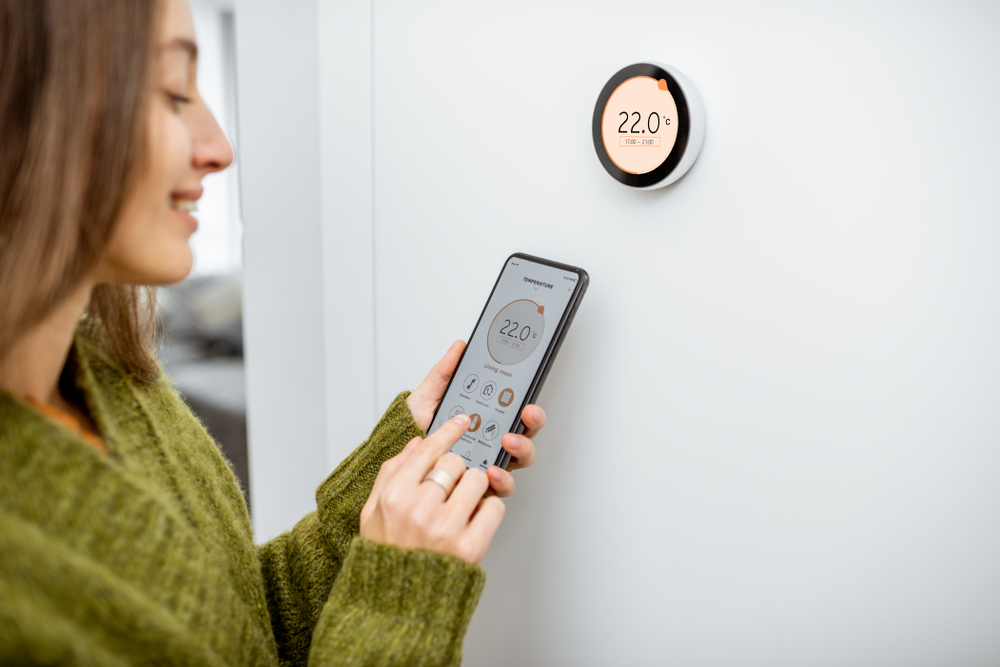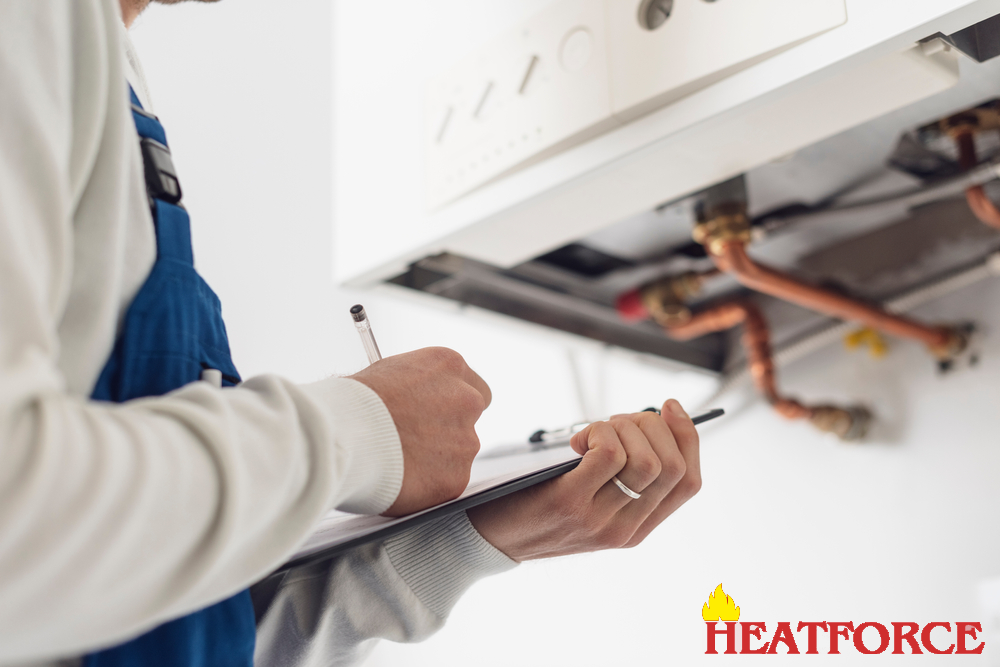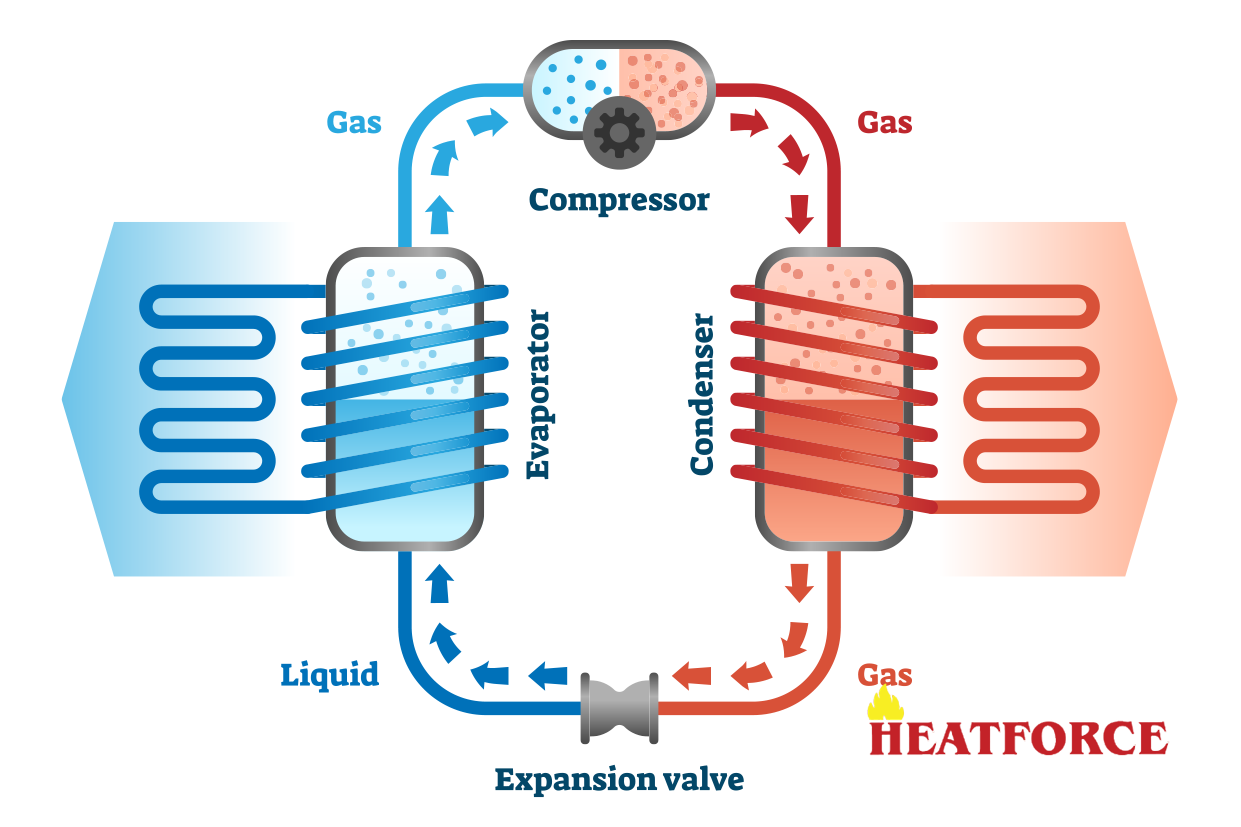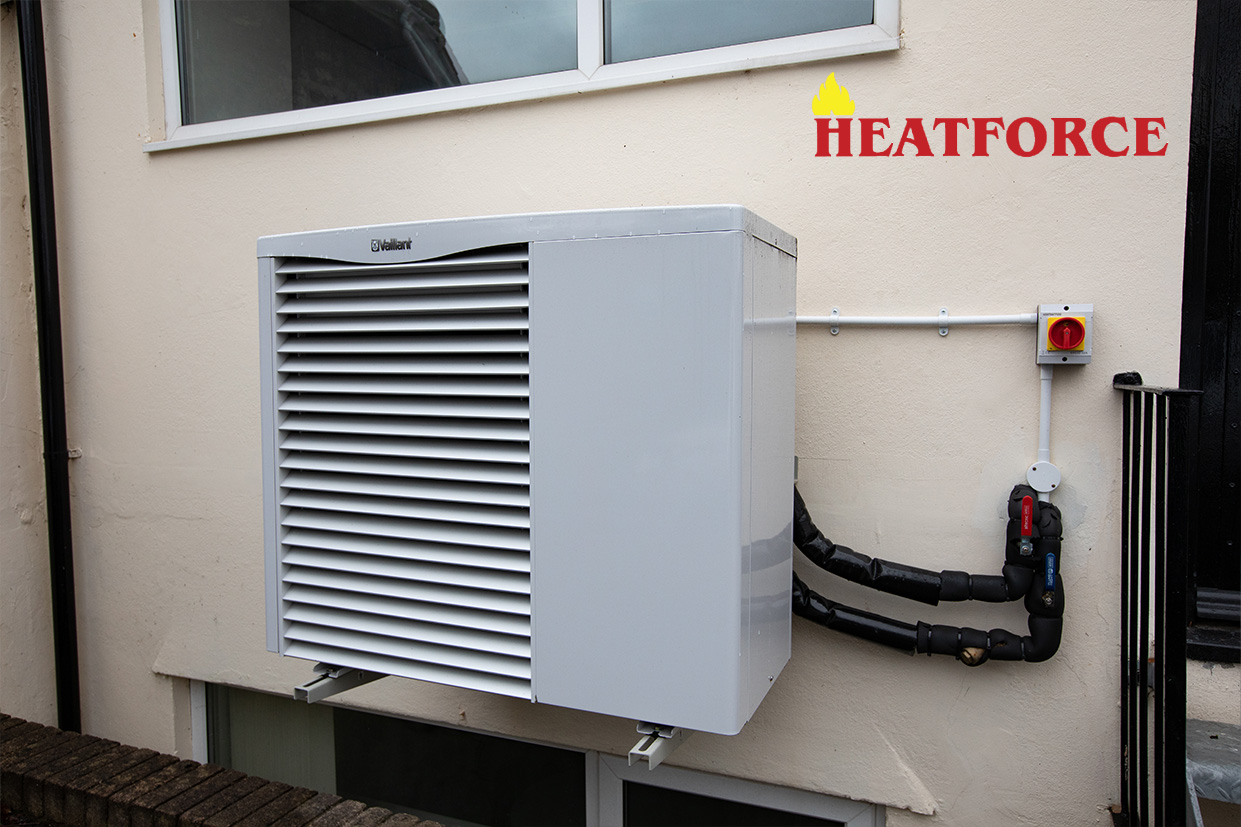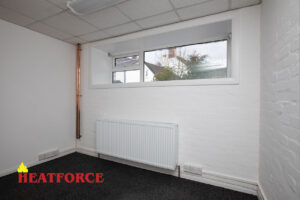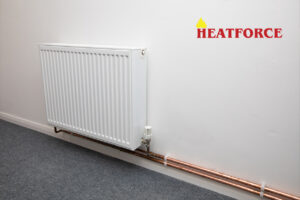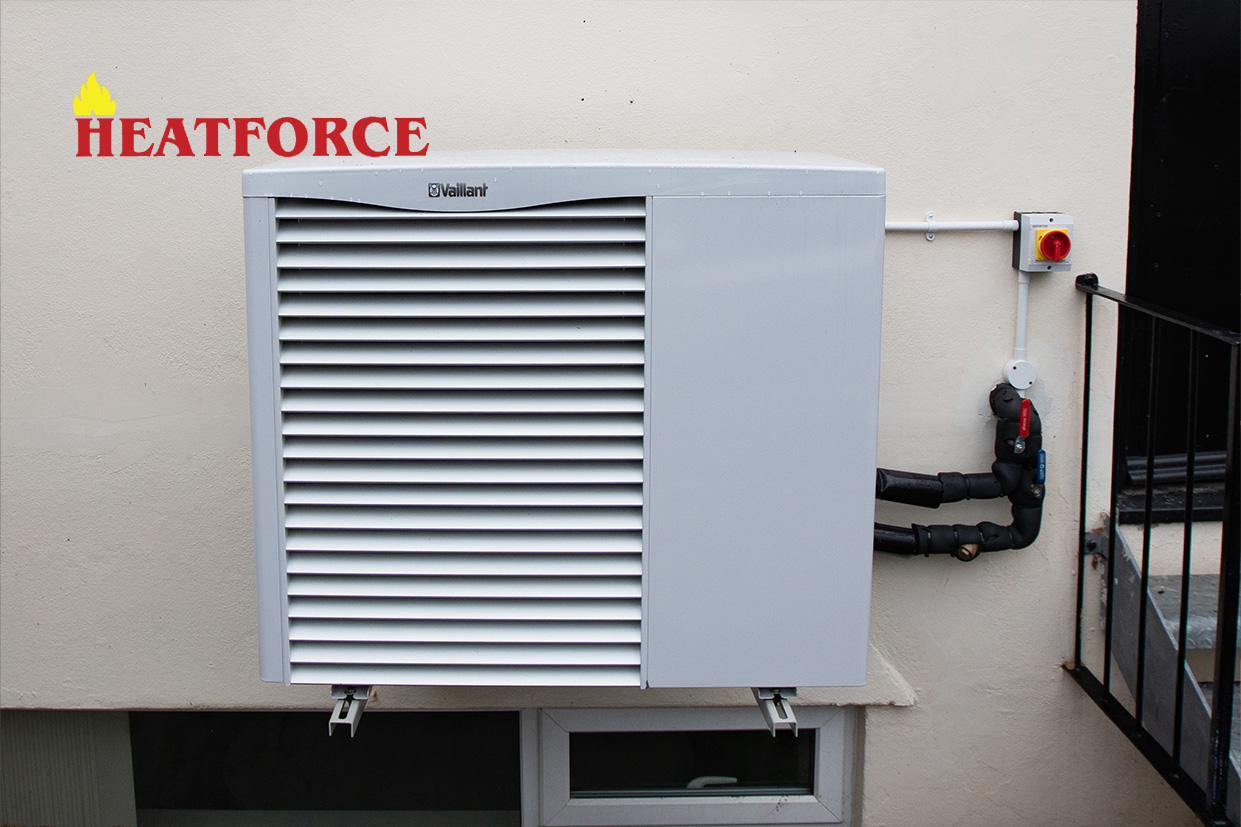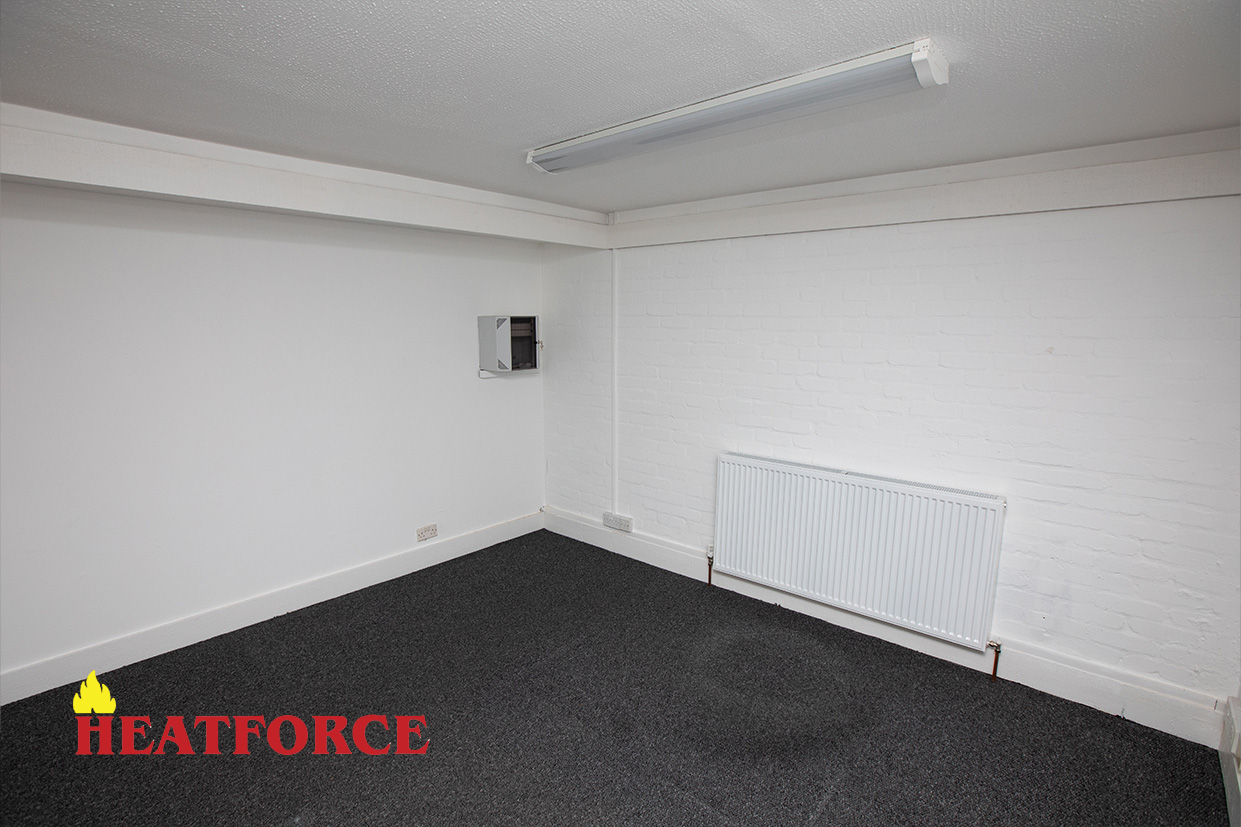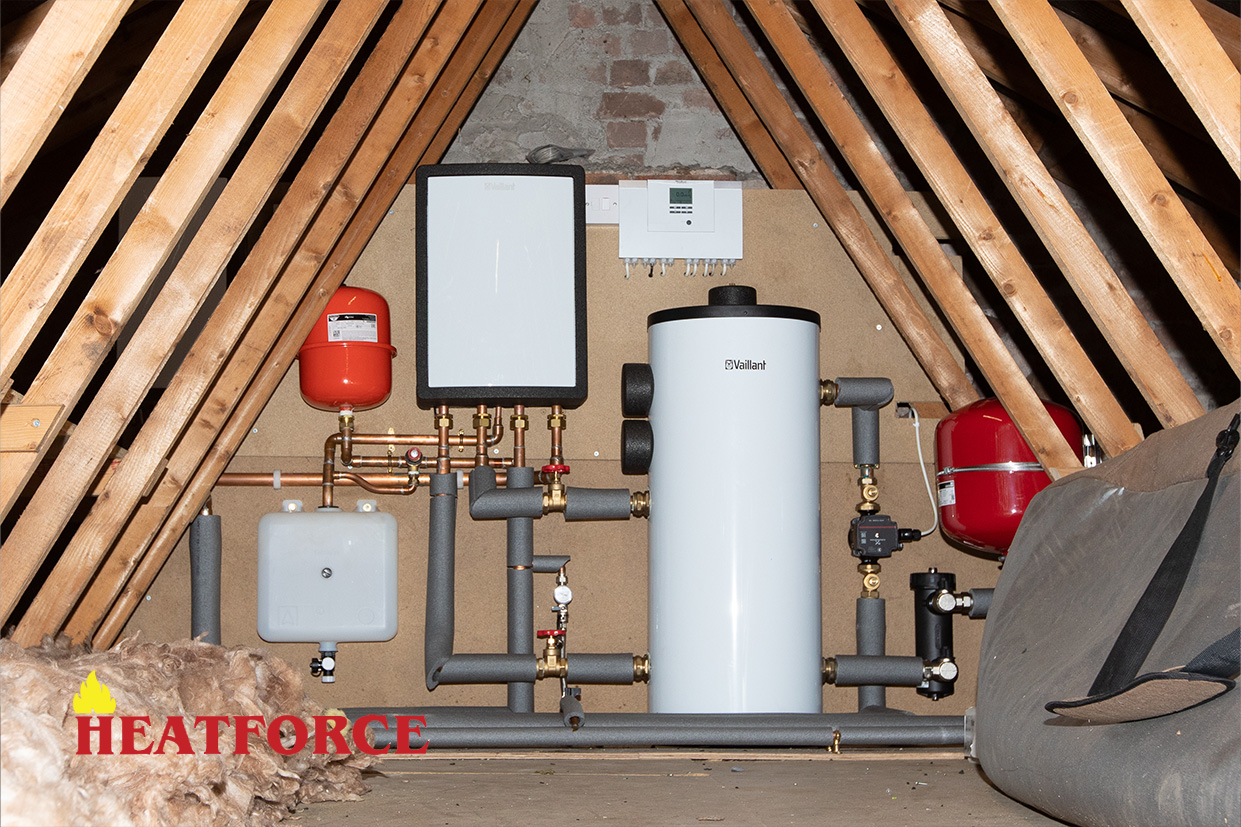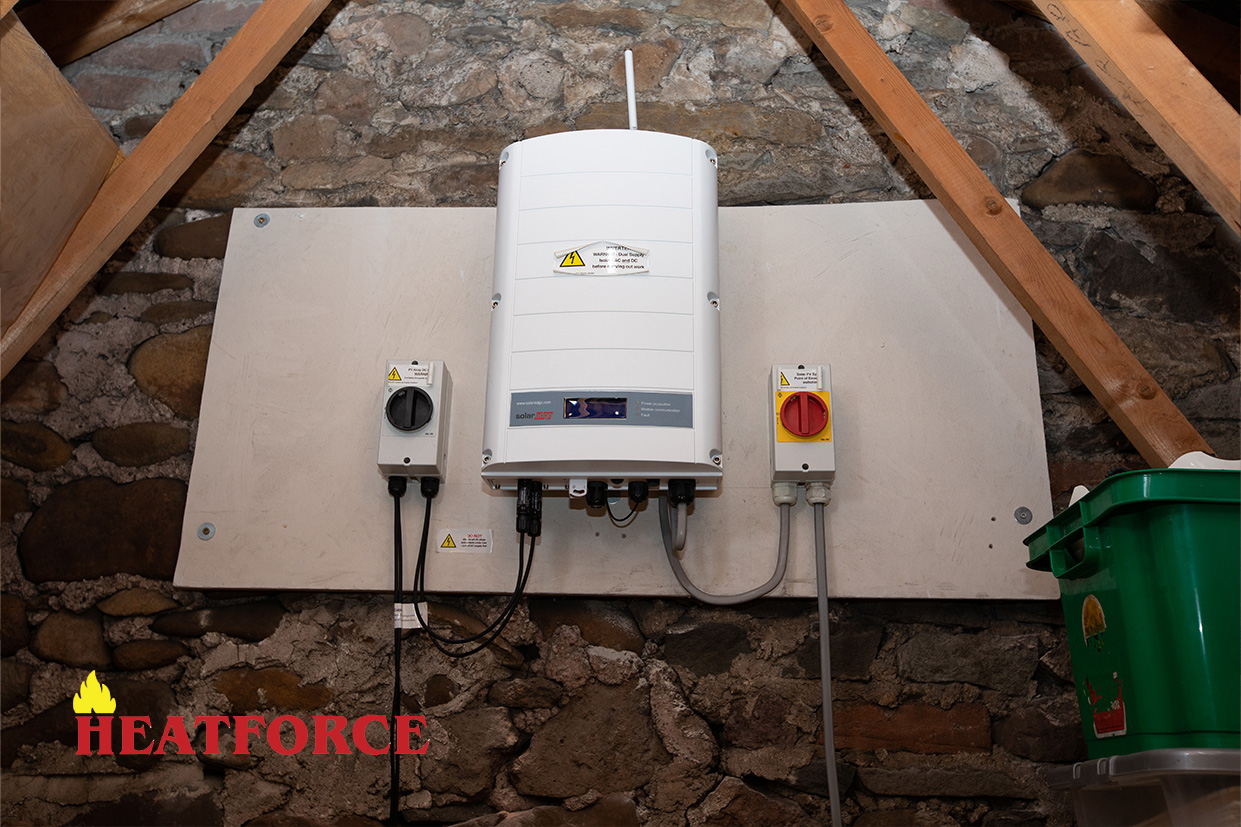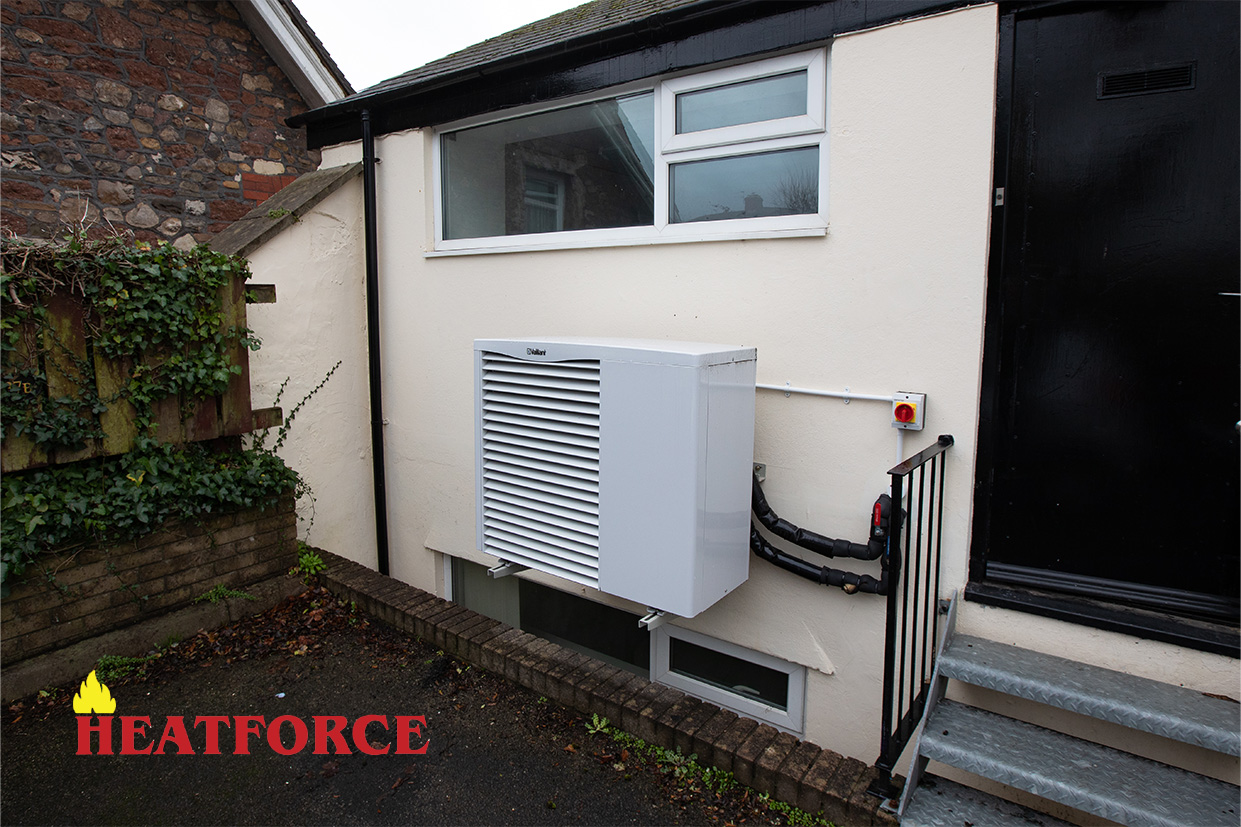
The rapid advancements in smart home technology and home automation have opened up a world of possibilities for energising and revolutionising everyday living. With a focus on convenience, efficiency, and security, these innovations can transform how you manage and interact with your home environment. From smart lighting and climate control to advanced security systems and voice-activated devices, these solutions offer a myriad of benefits while accentuating the pleasures of modern living.
In this engaging article, we will delve into the fascinating world of smart home technology and home automation, shedding light on how these inventive solutions can enrich your daily life. At Heatforce, we are committed to staying ahead of industry trends and providing our clients with expert advice and services, enabling them to seize the full potential of these cutting-edge technologies. Join us as we explore the exciting advancements that are shaping the future of home living and how Heatforce, a trusted leader in electrical and smart home solutions, can make your dream of an automated, seamless home a reality.
Smart Home Technology and its Core Benefits
1. Enhanced Convenience and Time Savings
One of the most noticeable advantages of smart home technology is the increased level of convenience it offers. The ability to remotely access and control various aspects of your household provides a significant improvement in time management and overall ease of operation. Whether adjusting the thermostat from the comfort of your bed or accessing your home security system through a smartphone app, smart technology streamlines day-to-day tasks effortlessly.
2. Energy Efficiency and Resource Conservation
Smart home technology offers numerous ways to optimise energy consumption and minimise wastage. Automated lighting systems that rely on motion sensors or timers, for example, ensure that unused areas remain unlit while preventing excessive energy consumption. Similarly, smart thermostats intelligently moderate the temperature according to behavioural patterns or occupancy, leading to more efficient heating and cooling. According to research by tado°, smart thermostats can save up to 31% on energy costs.
3. Improved Home Security and Surveillance
The integration of smart security systems allows homeowners to monitor and safeguard their property more effectively. Advanced biometric door locks, remote-controlled HD cameras, and innovative alarm systems can all be accessed remotely via an app, providing real-time information on security breaches or suspicious activity. This heightened security can offer invaluable peace of mind and deter potential intruders.
Key Components of a Smart Home System
1. Lighting and Climate Control
Intelligent lighting and climate control systems form the cornerstone of home automation, with easily programmable options that adapt to your preferences and lifestyle. Smart lighting systems, such as Philips Hue, allow for adjusting the hue, brightness, and colour temperature from your smartphone or compatible smart devices like Amazon Echo. Similarly, smart thermostats, such as Nest or Hive, learn your daily routines and preferences to provide optimal heating and cooling solutions that save energy and increase comfort.
2. Security and Monitoring Solutions
Home security is of paramount importance, and smart systems offer unprecedented control and access to security features. From remotely locking your doors to live-streaming video feeds of your property, smart home security systems, such as SimpliSafe, create a comprehensive network of surveillance, intrusion detection, and emergency response. Adding robust smart smoke detectors further enhances the safety of your home, providing instant alerts to your smartphone in case of fire or other hazards.
3. Entertainment and Media
Smart home system integration extends to your home’s entertainment and media functionality. Services like Sonos, for instance, can seamlessly integrate audio solutions for whole-home audio, allowing you to enjoy your favourite music, podcasts, or radio stations throughout the house. Similarly, smart TVs offer voice control, streaming app integration, and internet connectivity, elevating your entertainment experience to new heights.
4. Voice-Activated Virtual Assistants
Voice-controlled virtual assistants, such as Amazon Alexa, Google Assistant, and Apple’s Siri, act as the central command centre for your smart home ecosystem. These devices can easily respond to voice commands, making it possible to control various smart home components with simple verbal requests. From dimming the lights and playing music to getting weather updates and setting reminders, virtual assistants make hands-free and intuitive operation a reality.
Expert Installation and Technical Support by Heatforce
1. Customised Solutions for Your Unique Needs
Successfully integrating smart home technology relies heavily on expert guidance and planning. Heatforce’s team of qualified professionals can provide a bespoke smart home solution tailored to your specific requirements, from assessing your current electrical system to suggesting suitable technology upgrades.
2. Seamless Installation and Integration
Home automation technology can be complex, requiring the expertise of skilled technicians to ensure a seamless integration and smooth operation. Heatforce’s professional electricians possess the skills and experience needed to proficiently install and configure your smart home system, ensuring its reliable performance for years to come.
3. Ongoing Support and Troubleshooting
Heatforce stands by their clients not only during the initial installation but also throughout your smart home journey. They offer ongoing support and troubleshooting services, ensuring your system operates optimally and addressing any concerns or questions that may arise. This commitment to customer satisfaction ensures that your smart home technology continually serves your needs and remains up-to-date.
4. Ensuring Your Smart Home’s Compatibility with the IoT
The Internet of Things (IoT) plays a pivotal role in modern smart home technology, enabling seamless interconnectivity between various devices. Ensuring that your chosen smart home components are IoT-compatible guarantees a more accessible and convenient user experience. By partnering with Heatforce, you’ll receive guidance on selecting the most IoT-friendly products and expert assistance in establishing a thriving smart home ecosystem.
Embrace the Future of Home Living with Heatforce’s Expert Smart Home Solutions
Smart home technology and home automation present a myriad of opportunities for enhancing comfort, convenience, and efficiency, while also improving overall security. By adopting these innovative solutions, homeowners can streamline daily tasks, conserve valuable resources, and stay connected to their surroundings in ways that were once unimaginable.
Heatforce’s expertise in smart home installations and comprehensive technical support empowers you to transform your home into a forward-thinking, interconnected haven. With bespoke solutions tailored to your specific needs and preferences, Heatforce’s dedicated team ensures seamless integration, reliable performance, and ongoing troubleshooting assistance.
Why wait to enjoy the myriad benefits of an automated, next-generation living environment? Trust Heatforce to guide you through every step of the process, from planning and installation to post-implementation support. Schedule a free, no-obligation consultation with Heatforce today about our Smart Home Installation services and experience the ultimate blend of technology, energy management, and modern convenience as Heatforce takes you deeper into the smart home revolution.

